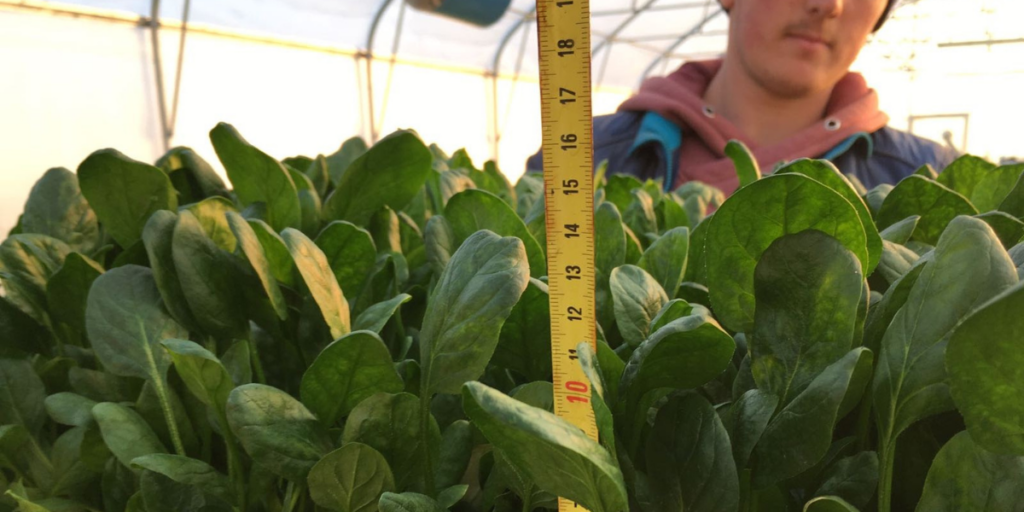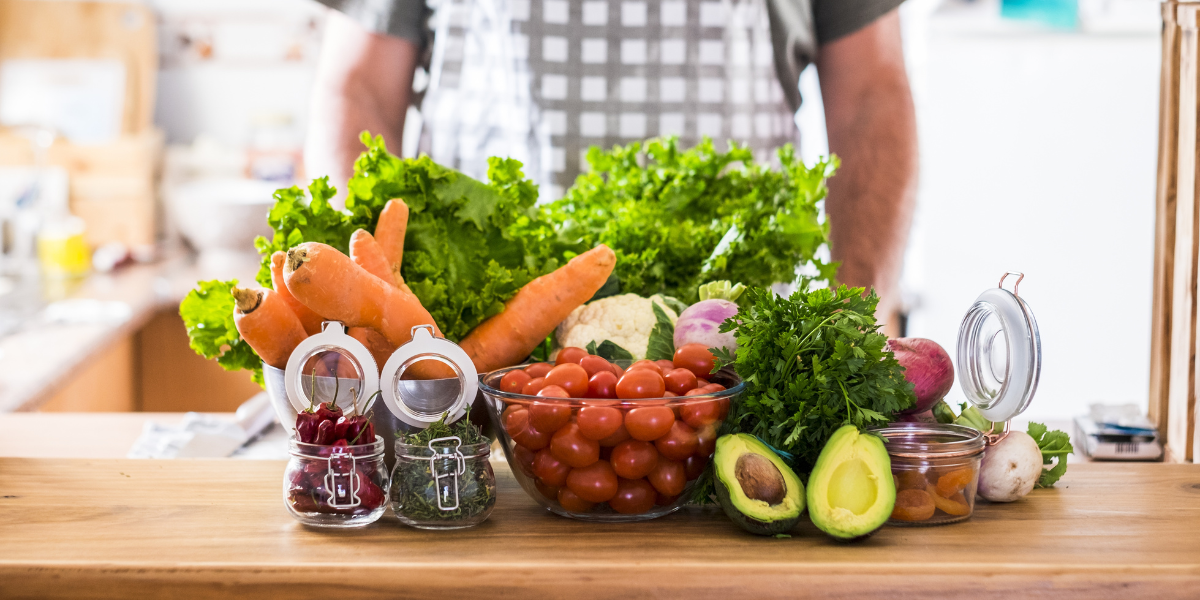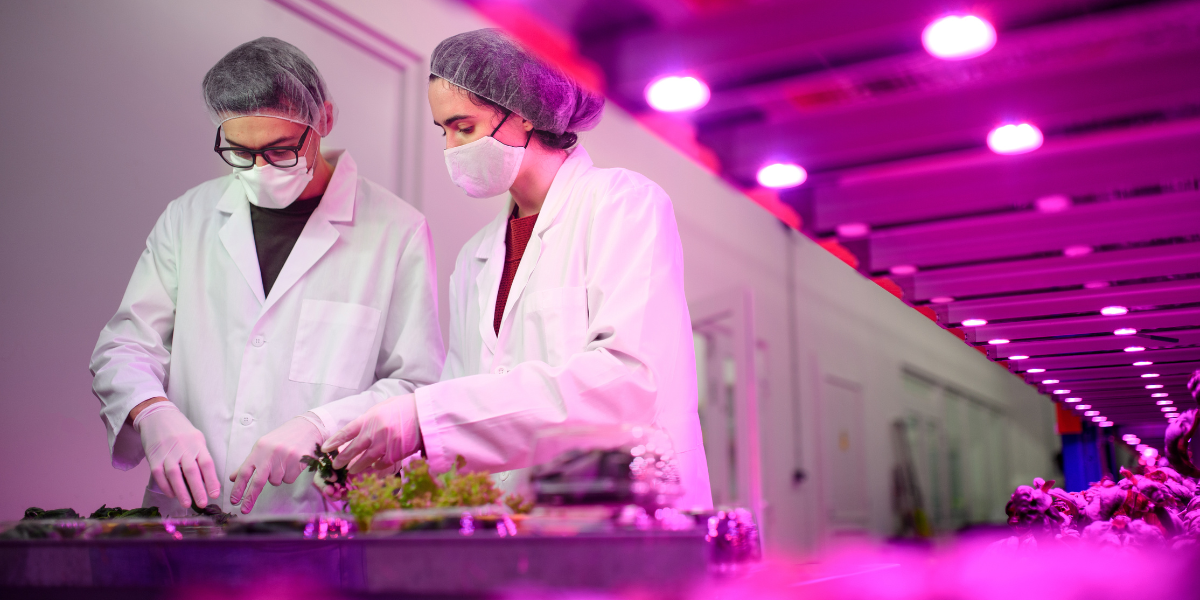Hydroponic farming is a modern form of agriculture that has been gaining popularity with farmers in recent years. Unlike traditional farming methods which rely on soil quality and availability of land, hydroponic farming utilizes water-based nutrient solutions to grow plants in a controlled environment. This innovative farming method has several benefits over traditional soil-based agriculture, including the ability to grow more crops in a smaller space and higher yields. So, what does it take to invest in such a fantastic system?
How do Hydroponics Help Keep Food Safe?
Find Out Here!
The Cost of Hydroponic Farming
Hydroponic farming requires a significant investment in infrastructure and equipment. This may be $5mm or more depending on the project. However, this isn’t to say this investment doesn’t pay off.
Traditional farming depends on purchasing large acres of land with good soil quality, which is expensive to purchase and maintain. In contrast, hydroponic farming requires 90% less water and significantly less land. Hydroponic systems also work in a controlled environment where healthy plants grow throughout the year, so there’s no need to purchase pesticides and herbicides and you can grow year-round!
Factors Influencing the Cost of Hydroponic Farming
Several factors influence the cost of hydroponic farming. For instance, larger operations are more expensive to start and maintain than smaller ones, as they require more equipment, utilities, and labor. Location also plays a significant role in the overall cost as purchasing the needed land will vary depending on where you choose to establish operations. Here is a breakdown of the various components that will determine the overall start-up costs of your hydroponic system:
- Land and Buildings
- Hydroponic Growing Equipment
- Staffing
- Refrigeration and Storing Facilities
- Packaging lines
- Security Systems
- Vehicular Fleet
- Utilities Setup
- Environmental Safeguards
- Licensing and Regulatory Fees
Return on Investment

Crops grow larger and faster when grown in a hydroponic system compared to soil-based farming.
Hydroponic systems yield significant profits due to the ability to regulate growing conditions effectively. Compared to soil-based growing, plants grow faster and larger. Furthermore, outdoor soil farmers can expect an average of three yields per year. However, the year-round growing ability of hydroponics systems lets growers yield up to 18 harvests per year. Higher yields of larger, healthier produce results in overall greater profits and a higher ROI than soil-based farming.
Yield the Best Results with Hydronov
Hydroponic farming is a profitable and sustainable investment that benefits farmers seeking cost-effective and eco-friendly farming methods. If your agricultural business is ready for a better method of growing, then partnering with Hydronov provides the best hydroponic farming experience. Offering innovative technology and complete turn-key projects, we’ll provide you with the tools to operate a successful hydroponic enterprise. Learn more about investing with Hydronov and contact us today to benefit from the ultimate hydroponic solution.





